Genial, erudite and companionable over most of its 760 pages, this stout Georgian brick of a neighbourhood history at length flings itself in fury through a toff’s window. Much of Dan Cruickshank’s book has shown with learned charm how, in its tangle of ancient streets just east of the City of London, Spitalfields has always hosted the rough with the smooth, tumult beside elegance. The East End patch where he has lived for four decades — his own 1720s home, a finely embellished history of inner London in itself, gets 15 loving pages — has ‘constantly embodied paradox: great wealth alongside appalling poverty, beauty juxtaposed with squalor’.
As he nears his finale, the twin streams of this urban microcosm join. The patrician and pleb, the gentleman aesthete and the riotous rabble-rouser, meet. He presents a quietly mutinous indictment of the latest villain to threaten these beloved streets with ‘huge and irredeemable change’ in the name of the profit-hungry redevelopment that has convulsed this area ever since, in 1539, the Dissolution began to break up the great estate of St Mary’s Priory and its hospital: Spitalfields.
Five centuries on, Cruickshank has an ample target in his sights: Boris Johnson. As mayor of London, the current Foreign Secretary overruled the local council and approved two grandiose plans to flatten many older buildings and erect yet more bland corporate barracks. Johnson’s ‘autocratic intervention’ proves for Cruickshank that ‘Spitalfields’ character… is being assaulted, compromised and homogenised’ in the 21st century.
Not that his story, both epic yarn and parochial soap opera, will give much comfort to Spitalfields sentimentalists. These hipster nostalgists enjoy heartwarming tales of hardworking, highly skilled French Huguenot refugees welcomed by tolerant Cockneys until the merry Irish, the resourceful Jews and the Bangladeshis, with their delicious Brick Lane nosh, replaced them in the rich, well-woven fabric of this traditional silk-weaving quarter. Spice with some celebrity incomers, from Gilbert & George to Tracey Emin and Jeanette Winterson, and you have inner-city heaven complete with ‘classically correct’ Doric doorcases. Cruickshank loves Spitalfields, honours its people as much as its architecture, and with this heroic and heartfelt book caps a career devoted to its heritage. Still, as a kosher urban historian rather than a tour guide, he lays as much emphasis on the ‘dark underbelly’ of ethnic strife, ‘terrifying moments’ of mob rule, gang crime and developers’ vandalism as on the safe haven afforded to enterprising migrants — or on those lovely Huguenot master-weavers’ houses, ‘a fusion of elegant home and practical workshop’, now cherished on Fournier or Folgate Streets.
Anti-foreigner riots broke out here as early as 1675. A pamphlet from 1681 snarls that ‘Weavers all may curse their fates/ Because the French work under rates.’ Plus ça change, as they might well have muttered in Spitalfields. In the late 18th century, the decline of the textile trades not only prompted peaceful ‘combinations’ among early trade unionists but outbreaks of machine-wrecking and the brutal mob lynching of suspected informers. His (literally) blow-by-blow account of the ‘ritualistic’ death by stoning of the weaver Daniel Clarke in 1771 is one of those episodes when Cruickshank slows down the flow, and the historian’s telescope becomes a microscope.
This double face of Spitalfields — a refuge for ‘distressed strangers’ who thrive and enrich their new homes, and the ‘wild and alien’ slumland of crime and vice that Jack the Ripper stalked — looms around every corner. In the 1940 Blitz, Mickey Davis (‘a 3ft 3in tall optician, of Russian Jewish descent’) won national and worldwide acclaim when he reorganised the shambolic air-raid shelter at the Fruit and Wool Exchange. His DIY venture became ‘a monument to grassroots East End initiative and spirited self-help’. Later, as deputy mayor of Stepney, Davis started the Vallance Club for boys. It gave much needed help to two boxing-mad kids from a very rough family. Their names? Ronnie and Reggie Kray.
London history buffs love multi-course banquets of books: the literary equivalent of some all-you-can-eat buffet on Brick Lane. Cruickshank’s Spitalfields will not disappoint devourers of Peter Ackroyd and Jerry White, although psychogeographical flâneurs who prefer Iain Sinclair or Will Self may find him too empirical. Non-metropolitans might wonder what, for all its fine silks and tasty curries, Spitalfields has ever done for them. Well, in the mid-19th century some bright spark put together battered fish ‘in the Jewish fashion’ with potatoes fried ‘by the French method’. Although rival claims exist, these streets thronged with French and Jewish ghosts should claim the match-maker’s glory. For all its heft and detail, Cruickshank’s brick-by-brick story-telling never lacks salt — and neither, as he flays plutocratic wreckers, does he want for vinegar.
The post Fine silks and fiery curries appeared first on The Spectator.
Got something to add? Join the discussion and comment below.
Get 10 issues for just $10
Subscribe to The Spectator Australia today for the next 10 magazine issues, plus full online access, for just $10.
You might disagree with half of it, but you’ll enjoy reading all of it. Try your first month for free, then just $2 a week for the remainder of your first year.

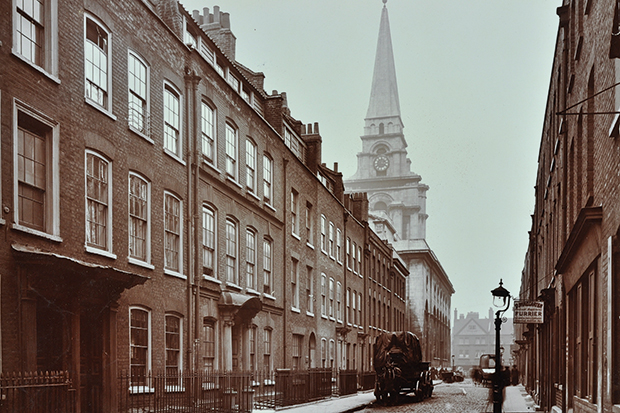

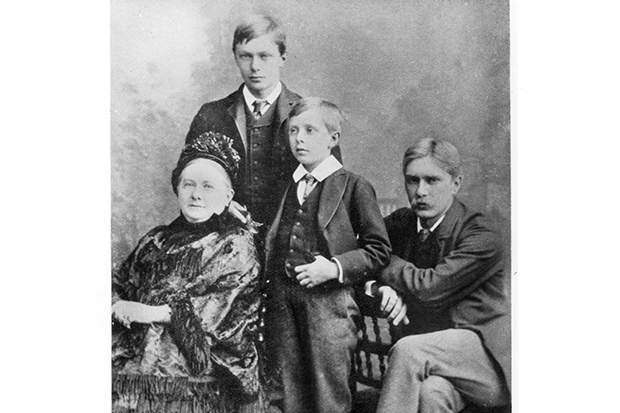
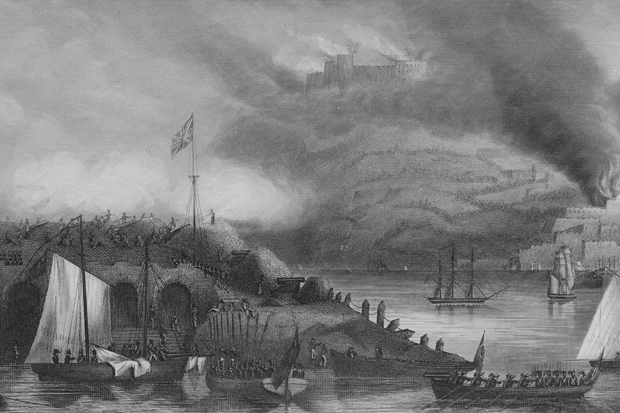
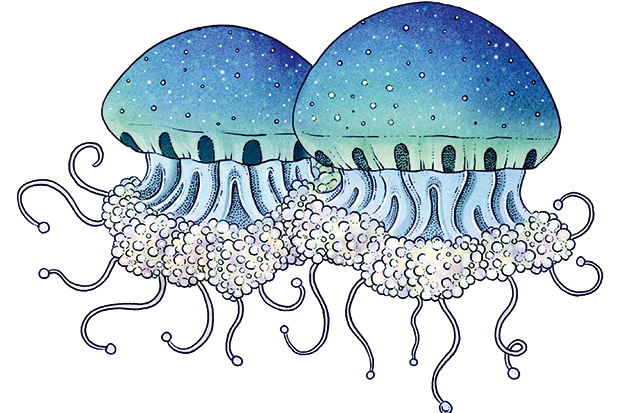
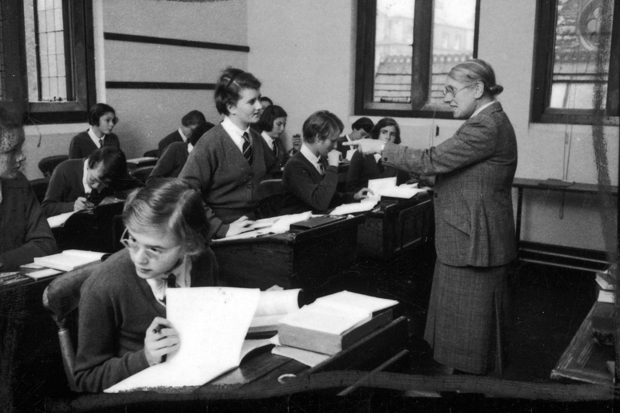
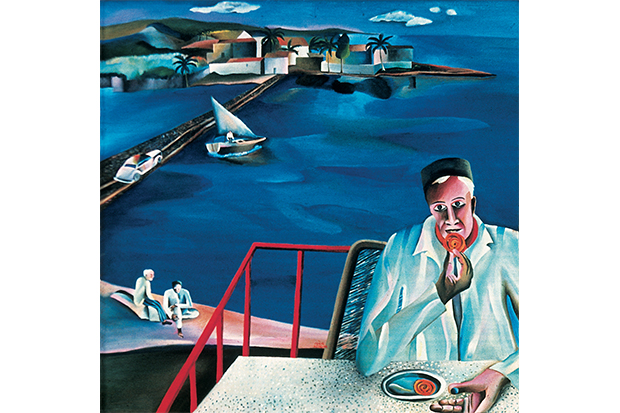






Comments
Don't miss out
Join the conversation with other Spectator Australia readers. Subscribe to leave a comment.
SUBSCRIBEAlready a subscriber? Log in